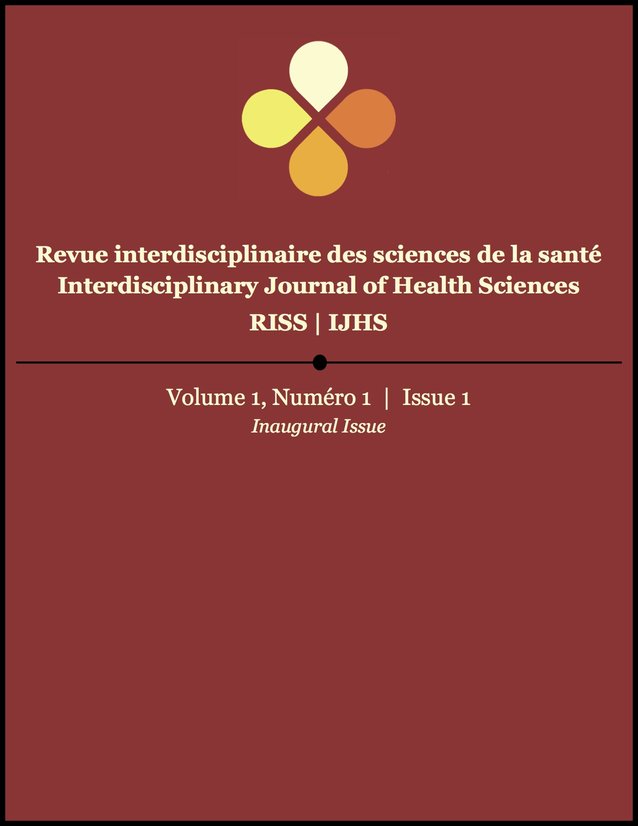Portrayals of Childbirth: An Examination of Internet Based Media
DOI :
https://doi.org/10.18192/riss-ijhs.v1i1.1532Mots-clés :
Media, childbirth, Internet, fearRésumé
More pregnant women turn to reality-based television programs and the Internet than to prenatal classes. Scant research examines the portrayal of childbirth in these new media. Although its impact is unknown, we do know that up to 20% of pregnant women fear giving birth; consequences include avoiding pregnancy, termination, depression, and increased maternal morbidity.
Overall internet content tended to be contradictory but largely reflected two categories: natural and mainstream, with two different portrayals of childbirth. Natural sources focused on eliminating fear, discrediting hospital births, and promoting ‘alternative’ options such as homebirth and midwifery. Mainstream sources reinforced fears, discredited home births, reported statistics from studies, and employed misinformation. Popular Internet sources tended to have the goal of educating whereas media uncovered in the purposive searches tended towards entertainment goals. Conflicting and misinformation from the Internet may entrench rather than assuage fears. Women may become confused and develop a heavily biased representation of birth. This could strongly impact a woman’s approach to and experience of birth.
Références
Clement, S. (1998). Television gives a distorted picture of birth as well as death. British Medical Journal, 317(7153), 284.
Clement, S. (1997). Childbirth on television. British Journal of Midwifery, 5(1), 37-42. Retrieved from http:// dx.doi.org/10.12968/bjom.1997.5.1.37
Laboring under and illusion: Mass media childbirth vs the real thing. Elson, V. (Director). (2009).[Video/DVD]
Gaskin, I. (2003). Scary birth gets high ratings. Ina may's guide to childbirth (pp. 164). New York: Bantam Del.
Hofberg, K., & Brockington, I. (2000). Tokophobia: and unreasoning dread of childbirth. British Journal of Psychiatry, 176(1), 83-85. doi: 10.1192/bjp.176.1.83
Hofberg, K., & Ward, M. (2003). Fear of pregnancy and childbirth. Postgraduate Medical Journal, 79(935), 505- 510. doi: 10.1136/pmj.79.935.505
HypnoBirthing® - the mongan method. (2009). Retrieved from http://www.hypnobirthing.com/
Karpf, A. (1988). It's a natural: Childbirth and the media. Doctoring the media: The reporting of health and medicine (pp. 72-81). New York: Routledge.
Kitzinger, S., & Kitzinger, J. (2001). Letters from europe: Childbirth and breastfeeding in the british media. BIRTH, 28(1), 60. doi: 10.1046/j.1523-536x.2001.00060.x
Klaus, M., Kennell, J., & Klaus, P. (1993). Mothering the mother. How a doula can help you have a shorter, easier, and healthier birth. Massachusetts: Addison-Wesley Publishing Company.
Kung, L., Picard, R., & Towes, R. (2008). The impact of the internet on users. The internet and the mass media (pp. 86 -101). London: SAGE.
Mason, J. (1988). Midwifery in Canada. The midwife challenge (pp. 100-129). London: Pandora Press.
Mayberry, L., & Clemmens, D. (2002). Epidural analgesia side effects, co-interventions, and care of women during childbirth: A systematic review. American Journal of Obstetrics and Gynecology, 186(5), S81-S93. doi: 10.1016/ S0002-9378(02)70184-1
Melender, H. (2002). Fears and coping strategies associated with pregnancy and childbirth in finland. Journal of Midwifery & Women's Health, 47(4), 256-263. doi: 10.1016/S1526-9523(02)00263-5
Merck. (2005). Preeclampsia and eclampsia. Retrieved from http://www.merck.com.proxy.bib.uottawa.ca/mmpe/sec18/ch263/ch263j.html
Nicholas, S. (2007). Are you a tokophobic? the women who are too terrified to give birth. Retrieved from http:// www.dailymail.co.uk/femail/article-489776/Are-tokophobic-The-women-terrified-birth.html
Robotham, M. (2000). Fast and furious: Childbirth on TV. MIDIRS Midwifery Digest, 10(1), 77-78.
Robotham, M. (2001). In my view. the painful birth of a new television genre. Nursing Times, 97(35), 17-17.
Rutherford, M., & Gallo-Cruz, S. (2008). Selling the ideal birth: Rationalization and re-enchantment in the marketing of maternity care. Advances in medical sociology (pp. 75-98). Bingley: Emerald Group.
Seale, C. (2002). Pregnancy and childbirth. Media and health (pp. 198-199). London: SAGE.
Seale, C. (2003). Health and media: An overview. Sociology of Health and Illness, 25(6), 513-531. doi: 10.1111/1467- 9566.t01-1-00356
Stillerman, E. (2007). The media skews the message. Massage Today, 7(10). Retrieved from http://www.massagetoday.com/mpacms/mt/article.php? id=13691
VandeVusse, A. (2008). A baby story as a source of information about childbirth: The messages and their implications. Journal of Midwifery & Women's Health, 53(5), 482 -482.
Ward, J., & Hansen, K. (1993). Search strategies in mass communication. White Plains, N.Y.: Longman.
Téléchargements
Publié-e
Numéro
Rubrique
Licence
- Tous les auteurs dont l’article est publié dans la RISS en conserveront les droits.
- Les auteurs accordent à la RISS le droit d’être la première à publier les articles qui lui sont soumis.
- Tous les articles publiés dans la RISS sont autorisés en vertu d’une licence Creative Commons Attribution à être circulé si les auteurs et la revue de la publication originale sont reconnus.
- La RISS est publiée en ligne et imprimée. La RISS n’est pas responsable de l’utilisation non autorisée du contenu publié sous forme électronique ou imprimée.
- La RISS retient les droits de distribution de tout le contenu.
- Les auteurs, et non la RISS, sont responsables d’avoir obtenu les permissions nécessaires concernant les travaux cités.


